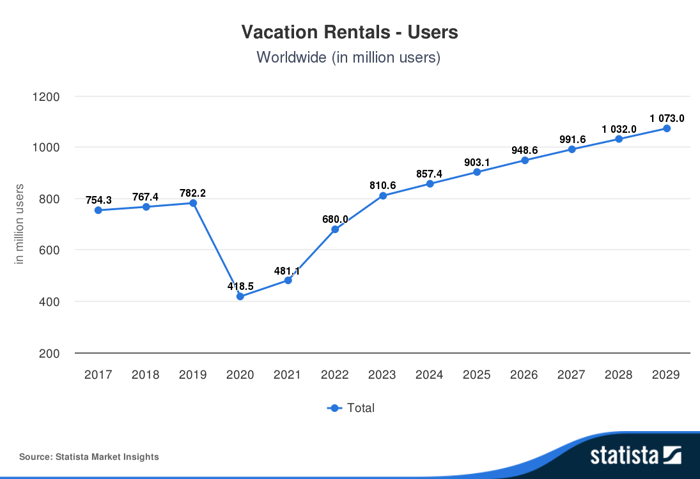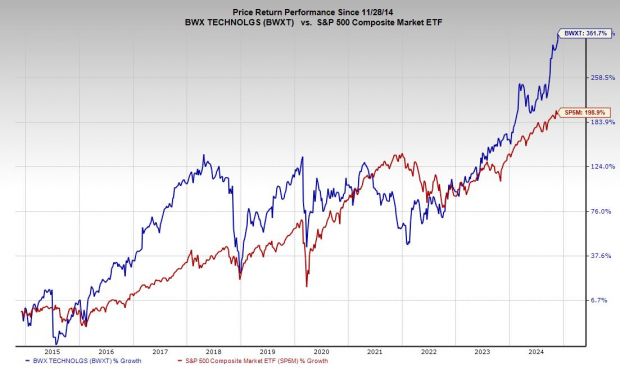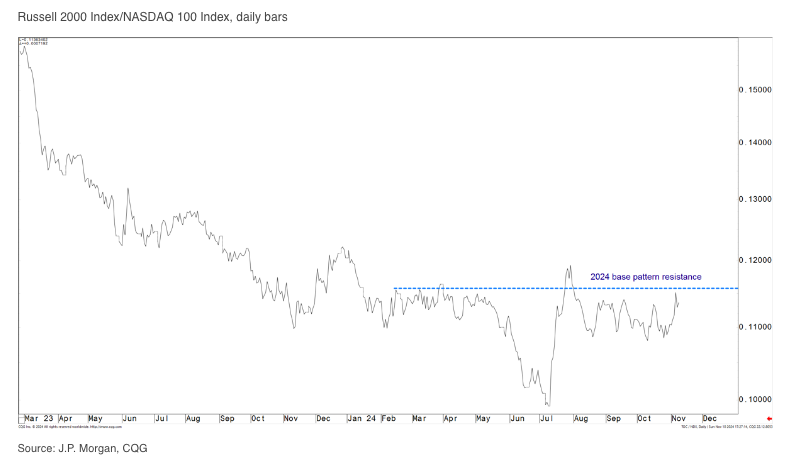Hidden treasures sometimes go overlooked in the busy world of financial markets. Here, attention is frequently drawn to the names with the most sparkle. The purpose of this piece is to highlight three of these less shiny treasures.
Pfizer (PFE)

Source: photobyphm / Shutterstock.com
A record year for FDA approvals in 2023 signifies Pfizer’s (NYSE:PFE) strong pipeline execution skills. This included nine approvals for novel molecular entities and many indications for already-approved drugs. By constantly introducing new drugs to the market and expanding treatment choices across therapeutic categories, this pipeline innovation prepares Pfizer for sustainable growth.
Moreover, Pfizer has demonstrated its focus on hitting unmet medical demand and broadening its product portfolio by investing in research across therapeutic areas outside of cancer. These include vaccinations, internal medicine, metabolic illnesses, immunology, and anti-infectives.
Further, Pfizer’s acquisition of Seagen greatly expands its cancer research capabilities and portfolio development potential. This supports the company’s strategy to become a world-class leader in oncology. Pfizer may lead the worldwide cancer treatment market due to its portfolio and resource alignment with the high-growth oncology sector and the forecast of at least eight blockbuster drugs by 2030.
Finally, Pfizer takes advantage of market possibilities by pushing important cancer catalysts, such as commercial launches and Phase 3 data readouts.
Alibaba (BABA)

Source: BigTunaOnline / Shutterstock.com
Alibaba (NYSE:BABA) Cloud is prioritizing public cloud services. This strategic focus aligns with the boosted demand for cloud computing services, especially those provided by public clouds. Alibaba Cloud’s adjusted EBITDA boosted by 86% year-over-year (YoY), even though its sales increased by only 3% YoY. This increase in profitability results from the cloud business’s efficient cost control, optimized product mix, and operational edge.
With a 56% YoY rise in sales, Alibaba International Digital Commerce Group (AIDC) saw solid top-line growth, especially in its International Commerce Retail Business. Indeed, the expansion above highlights Alibaba’s edge in growing its international e-commerce enterprise. This is propelled by platforms such as Trendyol and AliExpress. Moreover, Alibaba boosted its investment in AIDC throughout the quarter to maintain momentum and provide clients with services that set them apart, even in the face of losses in adjusted EBITA.
Finally, Cainiao’s 24% YoY revenue growth was primarily attributable to higher sales of cross-border fulfillment services. This rise reflects the development of Alibaba’s logistics network and its capacity to meet the rising demand for international e-commerce. As a result, Cainiao’s adjusted EBITDA increased dramatically, turning a profit this year from the prior year’s deficit.
Weibo (WB)

Source: testing / Shutterstock.com
Weibo’s (NASDAQ:WB) advertising revenues were comparable to the pattern of its total revenues. With overall ad sales of $403.7 million in Q4 2023, there was 3% YoY and 4% sequential growth. This suggests that the advertising market is expanding favorably, boosting overall income.
Additionally, with a non-GAAP operating margin of 31%, Weibo’s operating income for Q4 was $145.9 million. Weibo can sustain a robust operating margin based on sharp cost management and operational efficacy. The non-GAAP operating income for 2023 was $592.1 million. This translates to a solid non-GAAP operating margin of 34%. Hence, this demonstrates high profitability, suggesting that Weibo can stay profitable despite difficulties with the top-line.
Moreover, in 2023, Weibo’s monthly active users (MAUs) increased to 598 million, an 11 million increase from 2022. Furthermore, the average number of daily active users (DAUs) increased by 5 million from 2022 to 257 million. To sum up, Weibo’s growth potency may be attributed to the increasing MAUs and DAUs, indicating that the platform is still relevant and enticing to users.




